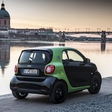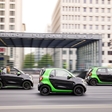
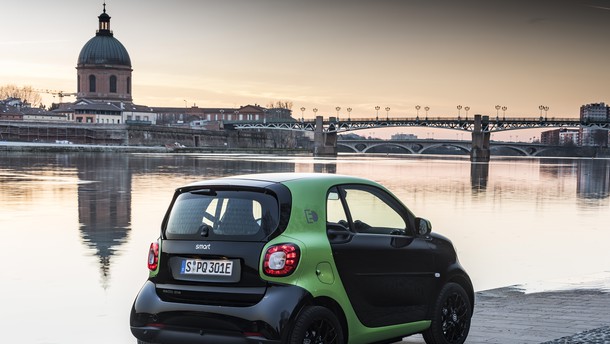
One of the first electric cars on sale in Europe enters its 3rd generation, at a time when the EV market finally begins to show some signs of life. But the new electric Smart doesn't quite live up to what the latest EV cars are delivering, in terms of driving range - even considering its almost exclusively urban nature.
The first Smart electric car was part of a small test fleet circulating in London in 2007, so we should consider that the first generation on sale to the public was launched in 2009 in 18 markets, followed by the 2nd iteration, in 2012. Now, the 3rd generation is being built, using the all-new Fortwo/Forfour platform that is really much more competent, in terms of general road handling (more stable, more comfortable as a result of a better suspension and wider tracks) and a much more fluid driving experience, thanks to the manual gearbox or the automatic twin-clutch transmission used in the gas version, or the single ratio speed, in case of this electric version (compared to the annoying manual robotized transmission which was used previously, and that forced a constant pendulum body motion while being driven), aside from better overall fit and finish, and roomier interior.
The new smart ED will exist as Fortwo, Forfour and Cabrio (meaning this is the only brand with a full electric range, and also the only one with an electric convertible on the market) and uses the battery that Mercedes-Benz has been producing in its Accumotive subsidiary which, by the end of the decade, will be supplying all the EV and PHV batteries needed in the universe of the Daimler brands. The battery capacity remains at 17.6 kWh, even though the cell supplier changed (formerly Li-Tec, now LG Chem) and the full module is 20 kg lighter. Wolfgang Neher, the Smart ED technical director, explains that this "slimming" was possible thanks to a lighter battery steel case and the lighter cooling system now being used, and not the battery cells themselves. Still, we couldn't hide our disappointment when we found out the official driving range: at a time when the existing or imminent Nissan Leaf, BMW i3, VW e-Golf, Renault Zoe and Opel Ampera-e are offering higher-capacity batteries - which result in real-world ranges from 250 to over 400 km - the Smart ED is still unable to offer more than 150 km, only marginally more than its predecessor.
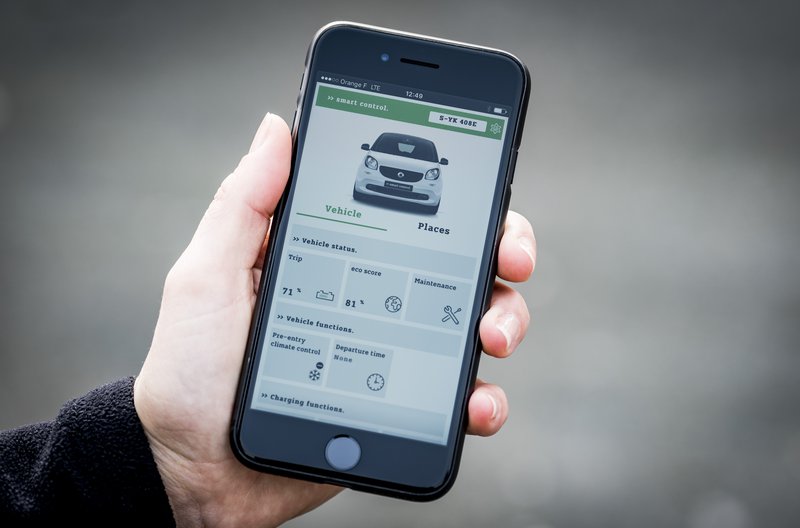
The new micro electric car also features the usual energy recovery braking system, and also the pre-heating cabin system, so that the interior may be set at a comfortable temperature (warmed up or cooled down) when the car is still plugged-in, in order to prevent the need to turn the climate system to full power on battery power, after the vehicle has been stopped for a prolonged time.
The exterior differences to the ICE car are small, apart from the absence of a radiator grill in the front and exhaust pipes in the rear, and there is an optional design package, in which the tridion safety cell and the exterior rear mirrors caps are painted in an exclusive green tone. Inside, again, only minor detail changes, such as the power meter on the instrument cluster (replacing the rev counter) and the state of battery charge display, in addition to the specific electric propulsion menus on the infotainment system. The luggage compartment retains the 190 liter capacity of the gasoline-powered car.
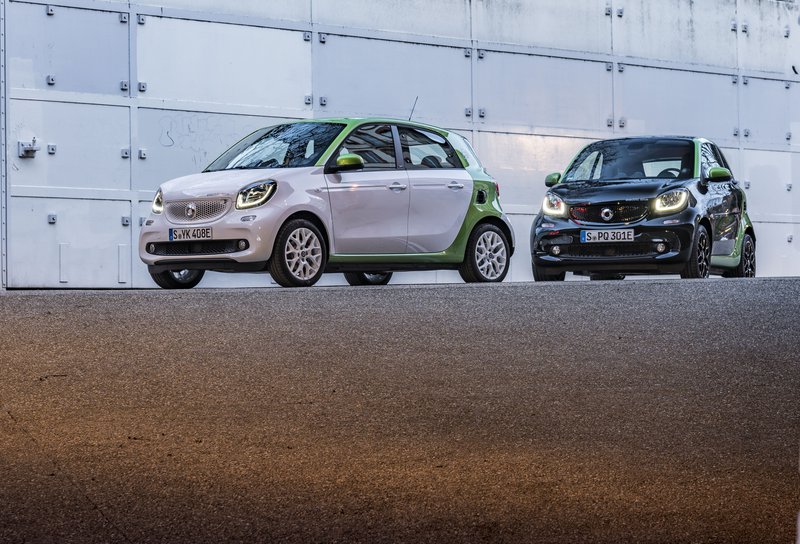
Driving the Smart ED has some up and down sides. Let us start with the first: because of its micro-car dimensions, the electric propulsion fits like a glove to its nearly exclusively urban profile, and the overall driving feel is actually better than what we experience on the Fortwo gas version, thanks to the much quieter driving, but also the lower center of gravity (the battery is under the car´s floor) and the hardened springs and dampers ratings. As an electric two-seater, it fires like a bullet from every traffic light, as we noticed in this experience around Miami South Beach, sprinting from 0 to 60 km/h in just 4.9 seconds, upsetting most Mustang and Camaro drivers still sitting in the "starting grid" while at it. The 130 km/h maximum speed means you can use it on motorways for a certain time, but keep in mind that this high throttle load use will drain the battery much faster. Less positive, as mentioned before, is the actual driving range, that will not allow you to go more than 140 km, if you really want to avoid the discomfort of having to walk or calling roadside assistance. At the end of our test route, the consumption dial showed 15 kWh/100 km, which would translate into some 110 km of driving range.
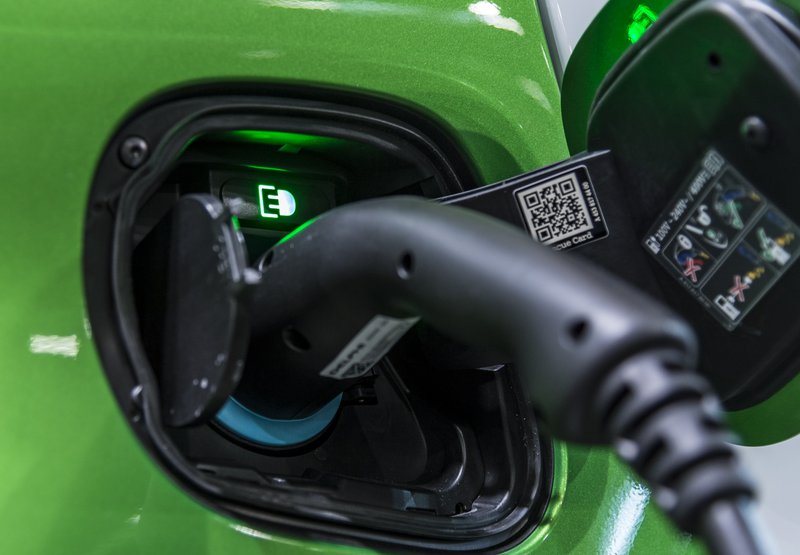
Having said that, we admit that a regular user on a daily basis will not perform the strong accelerations that, here and there, we did, to evaluate the motor´s response. In a nutshell, it is plausible to expect a real-life driving range averaging around 130 kilometers. The Smart engineers reminded us that the average European smart driver completes 35 to 80 km every day, and that the Smart with a gas engine also has a smaller driving range than the other cars on the road (simply because the fuel tank is much smaller), but still we expected a more capable battery (a higher energy density would be the key, since there is not much space in the Smart to insert more cells/modules) that could increase the driving range to above 200 kilometers.
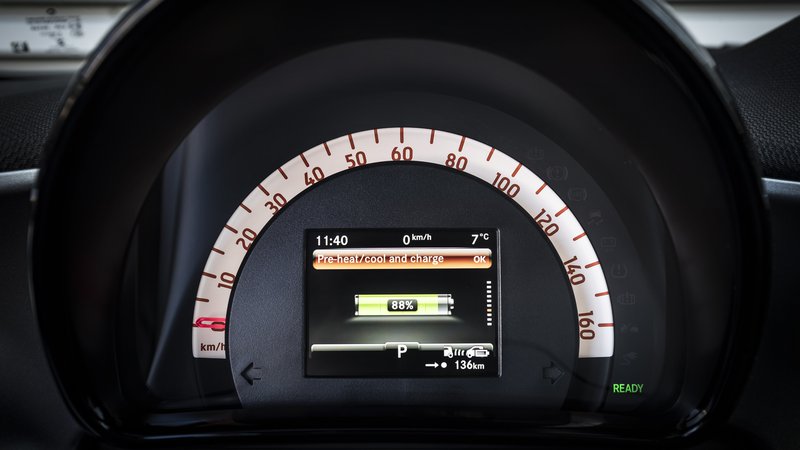
One of the technical upgrades that came with this generation is the 7.2-kW on-board charger fitted as standard (the previous one was 3.3 kW), which results in faster charges - 6 hours from 0 to 80% or 45 minutes for the same load with the fast charger of 22 kW (three phases), available from mid-2017, shortly after the launch of this model on the market. Smart ED is coming in April. A positive note: it is cheaper than it's predecessor, as it will cost (Fortwo ED) around 16,000 GBP (after deduction of a government grant for electric cars). So the range may be small, but the price is also smaller than most EVs on the market.
